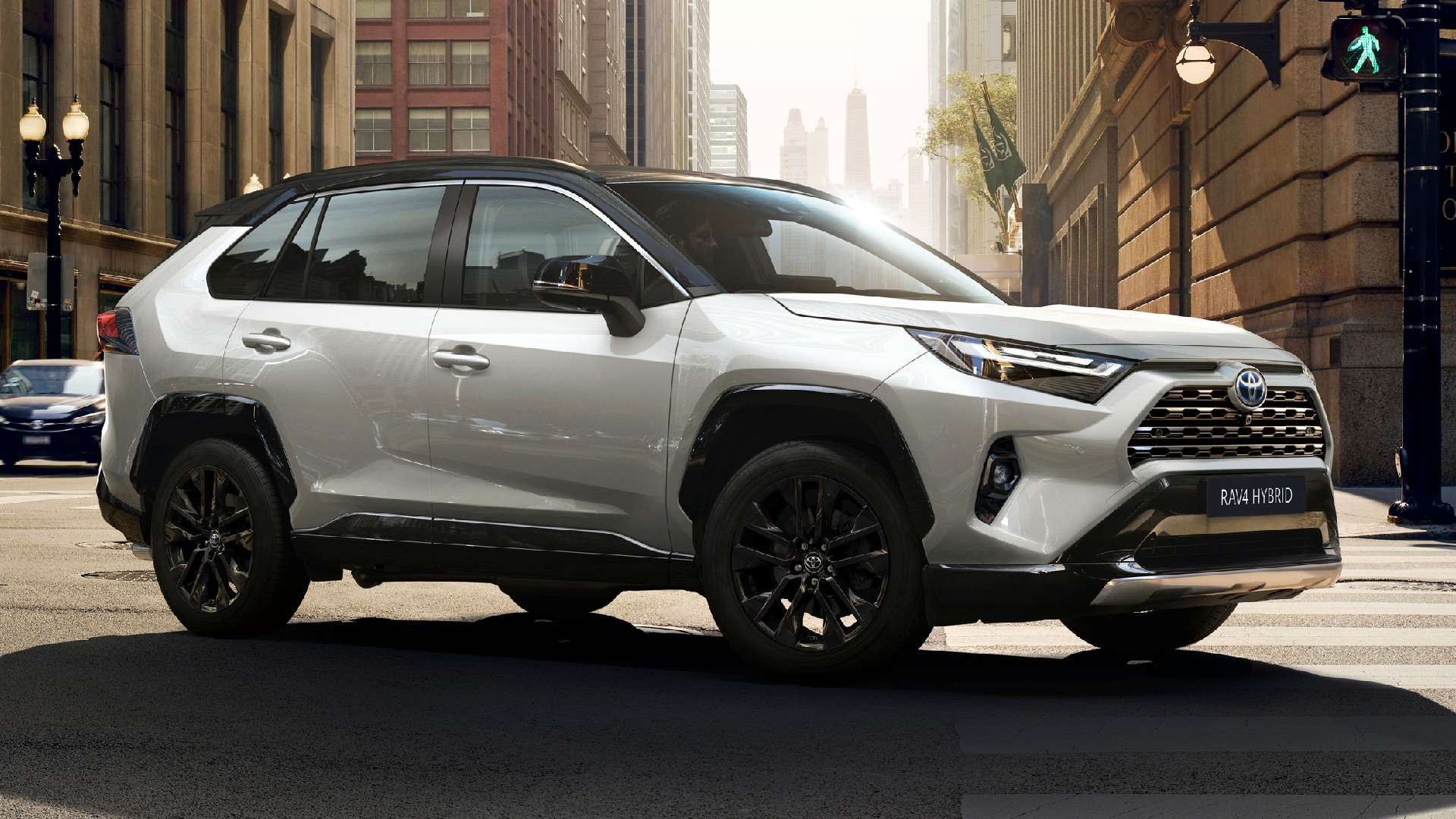Toyota has long been hailed as the king of reliability in the automotive world. Its vehicles consistently dominate consumer satisfaction surveys, rack up hundreds of thousands of miles on original drivetrains, and win over loyal buyers with their no-nonsense engineering and consistent performance.
If you ask someone what car to buy when you want something that “just works,” odds are they’ll tell you to get a Toyota. The brand has built its reputation on simplicity, efficiency, and longevity, and in many ways, that reputation is well-earned.
From the workhorse Camry to the go-anywhere 4Runner, countless examples of Toyotas have become legends for good reason. However, no car manufacturer is immune to missteps—not even Toyota.
While the brand’s track record is exceptional, there are specific models and years that have proven to be problematic, expensive to maintain, or simply not built to the same standards as their counterparts. The danger for used car buyers is assuming that all Toyotas are created equal.
That assumption can lead to costly mistakes, especially when shopping in the under-150,000-mile market, where some vehicles are nearing the end of their mechanical prime while others are just hitting their stride. Reliability isn’t solely about the badge on the hood; it’s also about the engine under the hood, the year it was built, and how well it was maintained.
The used Toyota market is huge and full of opportunities, but it’s also full of traps. There are models out there that can easily deliver another 100,000 miles of low-cost driving, and others that will drain your wallet with frequent repairs, from transmission failures to excessive oil consumption and frustrating electronic quirks.
Complicating things further, some of the most problematic Toyotas were originally praised when new, which makes them especially deceptive to the untrained eye. Just because a car is a Toyota doesn’t mean it’s bulletproof, and just because it has under 150,000 miles doesn’t mean it’s a smart buy.
This article aims to give you the clarity you need to navigate the Toyota used car maze. We’ve broken it down into two clear categories: five used Toyotas under 150K miles that are true gems—smart, reliable, and cost-effective purchases—and five that you should steer clear of, despite the badge.
These traps may look appealing at first glance, with their clean bodies and enticing price tags, but they hide issues that can quickly spiral into expensive nightmares.
So whether you’re a first-time buyer looking for peace of mind, a seasoned enthusiast wanting a dependable second car, or a budget-conscious parent hunting for a family hauler, this guide is designed to help you make an informed decision.
We’ll go beyond surface impressions and dive into the real-world reliability, common problems, and ownership experience of each vehicle. The goal is simple: help you separate Toyota gold from fool’s gold, so you can drive away confident that your used Toyota will deliver on the promise of durability—and not become an unexpected drain on your finances.
Also Read: 5 Cars That Rarely See the Mechanic And 5 That Practically Live There
5 Used Toyotas Worth Buying
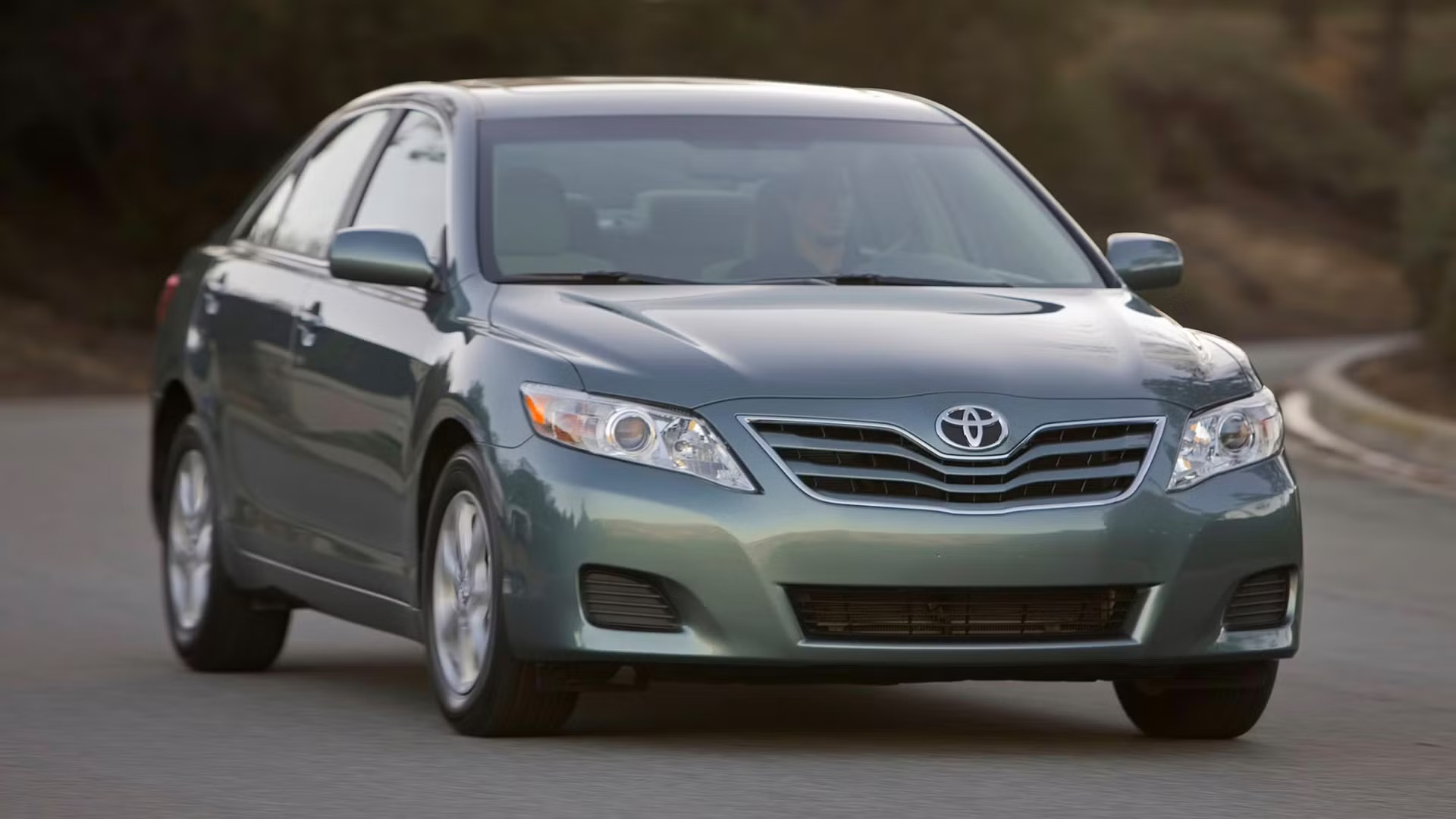
1. Toyota Camry (2012–2017)
When it comes to dependable sedans that can rack up the miles with minimal drama, the 2012–2017 Toyota Camry is a masterclass in no-nonsense automotive engineering. This generation represents the perfect middle ground between Toyota’s conservative past and its push toward a more modern driving experience.
Beneath the hood, the 2.5-liter four-cylinder engine is known to be one of the most bulletproof powerplants in the industry. It’s not flashy or overly powerful, but it is exceptionally efficient and impressively resilient.
Even after crossing the 150,000-mile threshold, Camrys from this era often keep going for another 100,000 miles or more with just routine maintenance—think oil changes, air filters, and brake pads.
The six-speed automatic transmission is well-matched to the engine, delivering smooth shifts without the hesitation or gear-hunting found in CVT-equipped competitors.
Inside, Toyota made an earnest effort to shed the beige-and-boring image that plagued earlier models. The cabin is well-constructed, logically laid out, and offers a level of quietness and ride comfort that punches above its price point.
Standard features such as Bluetooth connectivity, USB ports, and optional upgrades like navigation and dual-zone climate control make even base models feel more modern than their age suggests.
Importantly, this generation also achieved high marks in crash testing, with many models equipped with advanced safety features like blind-spot monitoring and lane departure warning on higher trims.
The fuel economy is another major win—drivers can expect around 25–28 MPG in the city and up to 35 MPG on the highway. For buyers seeking a used vehicle that can handle daily commutes, long road trips, and years of dependable service, the Camry delivers value in spades.
What cements the 2012–2017 Camry as a true gem, though, is its all-around ownership experience. Insurance rates tend to be reasonable, parts are widely available and affordable, and independent mechanics are more than familiar with servicing them. There’s also an enormous aftermarket and enthusiast community to lean on for support or minor upgrades.
This combination of reliability, practicality, and understated quality makes the Camry an easy recommendation for virtually any type of buyer—from students and new drivers to retirees and road warriors. In the used market, it’s hard to find a better all-around sedan with as much proven longevity and value as the Camry.
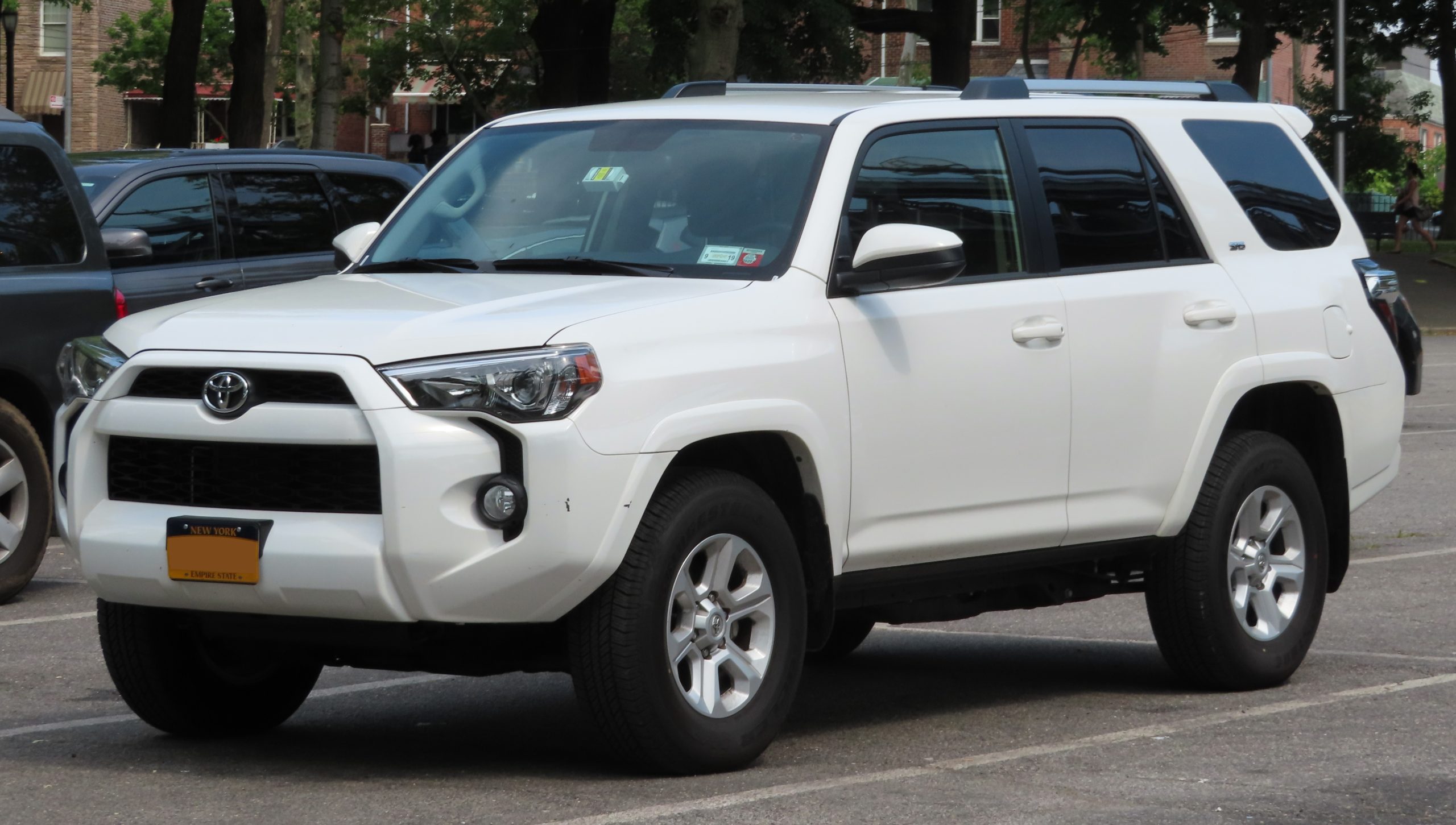
2. Toyota 4Runner (2010–2016)
The Toyota 4Runner has earned a cult-like following for good reason—it’s one of the few true body-on-frame SUVs still in production, and that DNA is baked into the 2010–2016 models with full confidence. These 4Runners are rugged, purpose-built machines that blend mechanical simplicity with legendary durability.
If you need a vehicle that can conquer dirt trails, deep snow, or rocky terrain with confidence and still cruise comfortably on the highway, the 4Runner is nearly unbeatable. Its 4.0-liter V6 engine is one of Toyota’s most reliable and proven powertrains, producing ample torque and enough horsepower to handle towing, climbing, and long-haul adventures.
Paired with a robust five-speed automatic transmission and optional four-wheel drive systems, this SUV is tailor-made for those who live outside the bounds of city streets.
What sets the 4Runner apart from its crossover counterparts is not just its capability, but its staying power. Owners frequently report clocking 250,000 to 300,000 miles with few major issues beyond routine wear-and-tear items like brake pads, suspension bushings, and shocks.
And even those parts are relatively affordable compared to more premium SUVs with complicated air suspension systems or turbocharged engines. Maintenance is straightforward, with no turbochargers, dual-clutch transmissions, or exotic materials to worry about.
Toyota engineered this vehicle with an old-school approach to toughness—thick metal, simple electronics, and a solid rear axle that won’t let you down in the backcountry.
Inside, while not luxurious, the 4Runner is designed with durability and usability in mind. Materials are rugged and easy to clean, cargo space is plentiful, and the fold-flat rear seats offer excellent utility. TRD models and off-road packages offer added trail equipment, while Limited trims provide comfort-focused amenities like leather seating and a sunroof.
Whether you’re into camping, off-roading, overlanding, or just want a dependable SUV that doesn’t feel soft around the edges, the 2010–2016 Toyota 4Runner delivers a near-perfect balance of old-school toughness and modern reliability. As far as used vehicles go, especially under 150K miles, few are as overbuilt and underappreciated in the long-term ownership game.
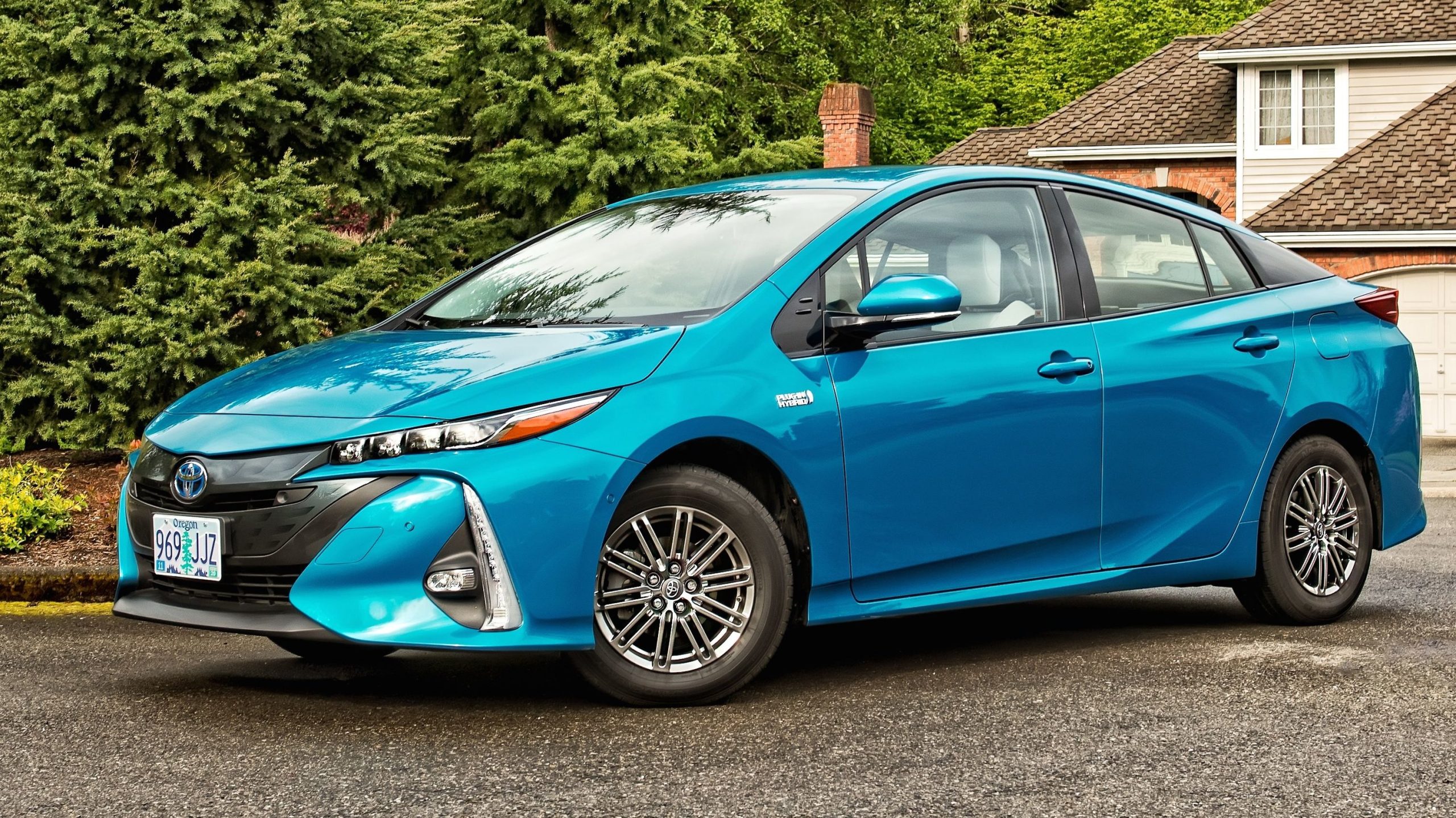
3. Toyota Prius (2012–2015)
The Toyota Prius has long been the poster child for hybrid vehicles, but the 2012–2015 models in particular stand out as some of the most durable and efficient used cars on the market.
.While the first-generation Prius was a bold experiment, by this point, Toyota had perfected the hybrid formula, offering a seamless driving experience with stunning fuel economy and minimal long-term maintenance.
The Prius from this era is powered by Toyota’s Hybrid Synergy Drive system, coupling a 1.8-liter Atkinson-cycle four-cylinder engine with an electric motor and a nickel-metal hydride battery pack. The result? A vehicle that consistently delivers 45–50 MPG and can quietly hum along for hundreds of thousands of miles with astonishing consistency.
While some skeptics worry about battery longevity, real-world data and owner reports show that these hybrids can often exceed 200,000 miles before the hybrid battery even needs attention, and sometimes much more.
Even if a battery replacement becomes necessary, costs have come down significantly thanks to refurbished options and greater availability of parts. Aside from that, maintenance is remarkably simple. The regenerative braking system extends brake life, the transmission has no traditional gears to wear out, and oil change intervals are generous.
This simplicity is one of the Prius’s greatest strengths—there are fewer moving parts than in a conventional drivetrain, reducing the number of things that can go wrong over time.
The interior of the Prius won’t win design awards, but it is highly functional, with excellent visibility, ample storage, and tech features like Bluetooth, touchscreen infotainment, and smart key access depending on the trim level. Cargo space is impressive for a compact car, thanks to its hatchback design and clever use of space beneath the sloped rear window.
The Prius also holds its value surprisingly well in the used market, especially in areas where fuel efficiency is a high priority. For commuters, rideshare drivers, or anyone who wants to dramatically cut fuel costs without sacrificing reliability, the 2012–2015 Prius is an underrated champion. It may not stir the soul, but it protects the wallet and rewards patient, practical ownership like few vehicles can.
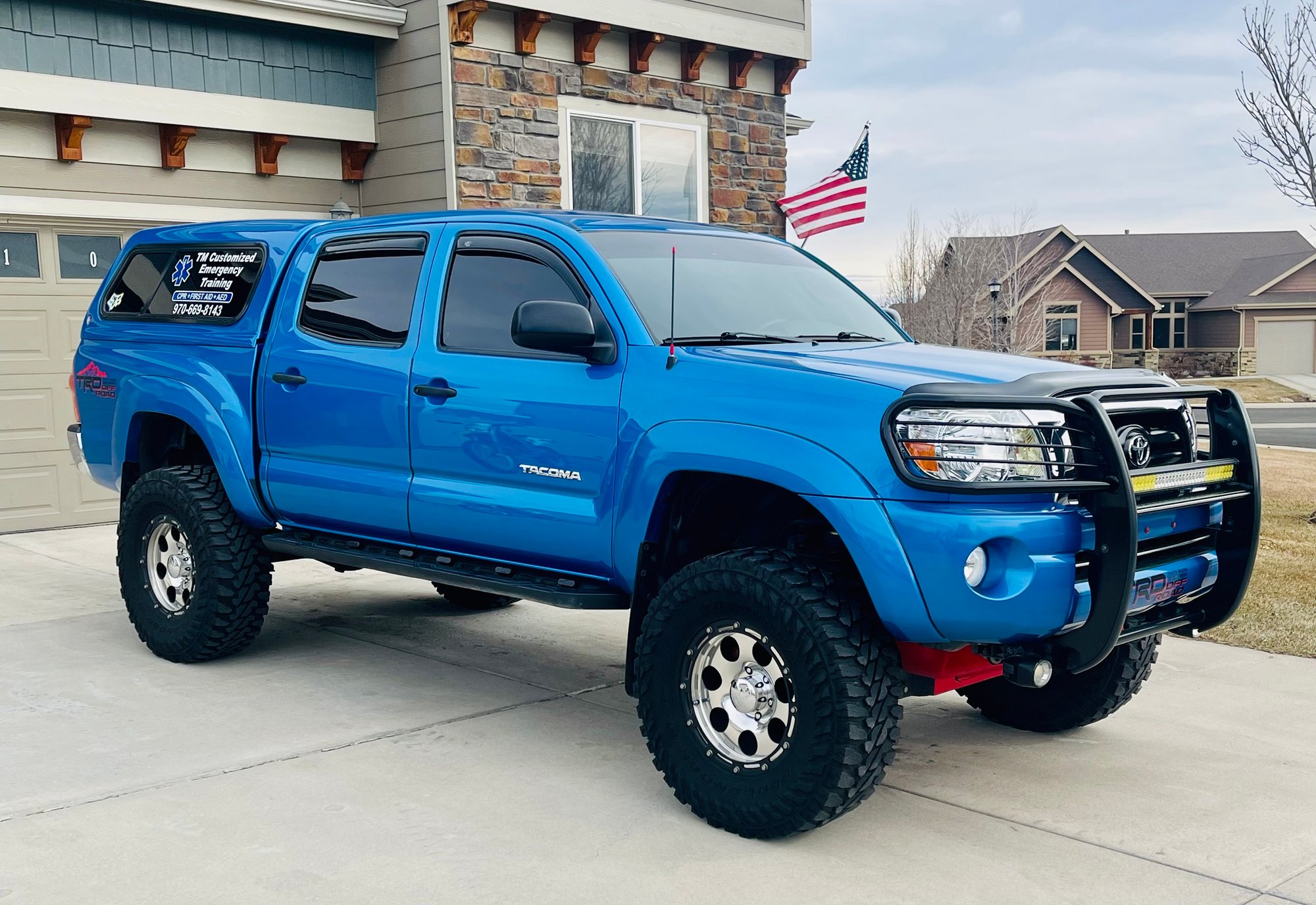
4. Toyota Tacoma (2012–2015)
The Toyota Tacoma is a legend in the midsize truck segment, and the 2012–2015 models are among the most desirable for those looking to strike a balance between old-school durability and daily drivability.
These trucks were built during a time when Toyota prioritized simplicity and toughness, which is why so many of them are still on the road today, especially in rural and off-road-friendly areas.
Under the hood, buyers had the option of a reliable 2.7-liter four-cylinder engine or the more popular and powerful 4.0-liter V6—both known for their bulletproof reliability and ease of maintenance. The Tacoma’s drivetrain, especially with four-wheel drive, is about as stout as it gets in this segment.
Unlike modern trucks bloated with fragile electronics and questionable turbocharging, the 2012–2015 Tacoma sticks to the basics. It has a solid frame, a proven powertrain, and mechanical components that are easy to service and even easier to replace.
These trucks are built to work, whether it’s hauling dirt, towing a small trailer, or navigating forest trails. And yet, despite its ruggedness, the Tacoma doesn’t beat up its passengers.
Ride quality is firm, but not punishing, and the cabin, while utilitarian, is comfortable and logically laid out. Most models come with basic creature comforts like air conditioning, USB ports, and upgraded stereos, while higher trims like the TRD Sport or Off-Road add some flair and serious capability.
Resale value is where the Tacoma truly shines. Few vehicles—let alone trucks—hold their value better. It’s not uncommon to see a Tacoma with 150,000 miles still fetch a high price, and that’s because the market recognizes its long-term dependability.
Whether you need a reliable workhorse, a capable off-roader, or just a vehicle that shrugs off wear and tear like it’s nothing, the 2012–2015 Tacoma is an ideal used purchase. It’s not the most refined or fuel-efficient option out there, but when judged by longevity and utility, it easily earns its place among Toyota’s finest.
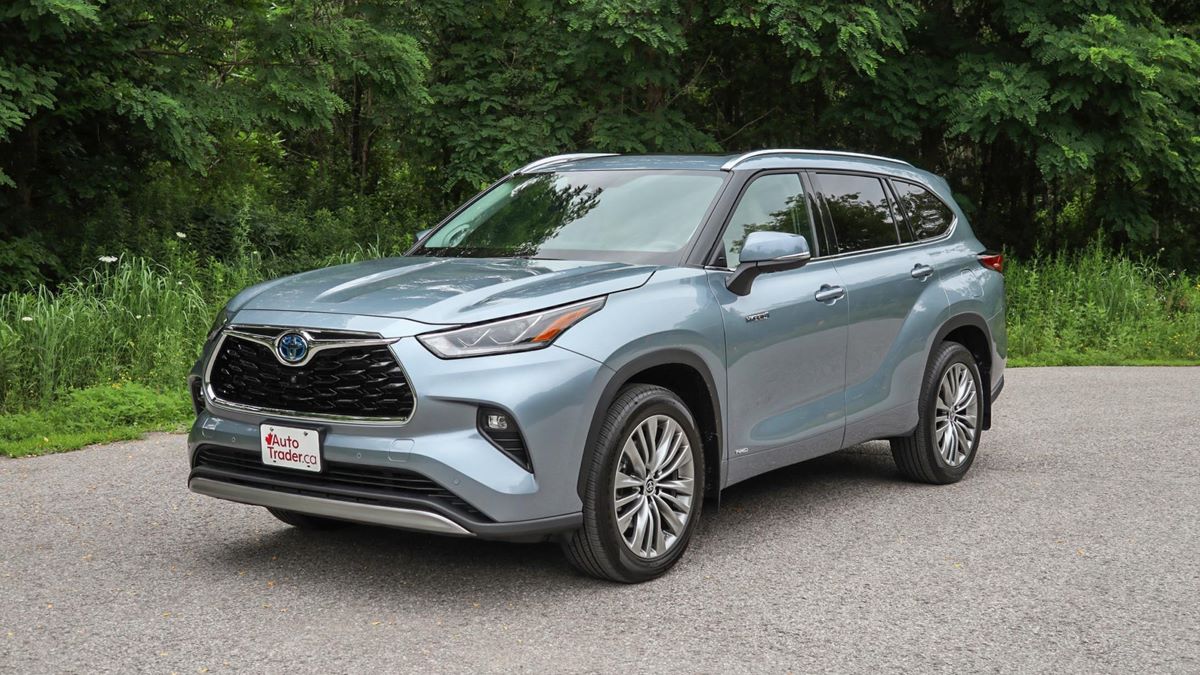
5. Toyota Highlander (2014–2016)
The 2014–2016 Toyota Highlander is a stellar choice for families, commuters, and anyone who needs a spacious, reliable SUV without venturing into luxury-brand pricing.
This generation of Highlander hit a sweet spot in Toyota’s lineup: it was modern enough to feel current, but still retained the mechanical simplicity and long-term dependability Toyota is famous
for. These models came with either a 2.7-liter inline-four or a 3.5-liter V6 engine, though the V6 is the smarter choice for those who need more passing power, smoother performance, and fewer mechanical issues. The V6 is particularly refined, with a broad torque curve and excellent reliability that makes it a favorite among long-time Toyota owners.
In terms of interior design, Toyota went all out to make the Highlander more family-friendly and upscale-feeling. The cabin is filled with thoughtful storage compartments, quality materials, and smart technology. Many trims include features like a touchscreen infotainment system, tri-zone climate control, rearview camera, and even second-row captain’s chairs for added comfort.
Seating for seven or eight is standard, depending on configuration, and with the third row folded down, the cargo area is spacious enough to handle everything from sports gear to DIY project supplies. The ride quality is smooth and composed, offering a quiet cabin even at highway speeds—a big upgrade from older, noisier midsize SUVs.
Where the Highlander truly shines is its long-term ownership value. These SUVs require very little beyond regular maintenance. There are no major powertrain issues, the electronics hold up well, and build quality is solid across the board. Fuel economy is respectable for its size, especially with the V6, which returns around 25 MPG on the highway.
Reliability scores for this generation are consistently high, and owner satisfaction surveys often rank the Highlander near the top of its class. If you’re shopping for a used SUV under 150,000 miles that offers utility, comfort, and rock-solid dependability, the 2014–2016 Highlander is about as safe and satisfying a choice as you can make.
5 Used Toyotas to Avoid

1. Toyota RAV4 (2006–2008 V6)
The 2006–2008 Toyota RAV4, specifically those equipped with the V6 engine, represents one of the more surprising missteps in Toyota’s otherwise dependable lineup. At a glance, these RAV4s seem like excellent used SUV options—they offer a powerful 3.5-liter V6 engine, plenty of interior space, a decent AWD system, and that coveted Toyota badge.
But what many buyers don’t realize until it’s too late is that these models are plagued by serious automatic transmission issues. Transmission failure is not just a distant possibility—it’s a frequent and costly reality.
Owners often report erratic shifting, delayed engagement when shifting into gear, and in some cases, complete transmission breakdowns well before reaching 150,000 miles. The problem is exacerbated by the fact that the transmission is sealed, making regular fluid changes more complicated and often neglected.
In addition to transmission woes, these RAV4s also suffer from problematic electric power steering systems, which can lead to an unpredictable or overly sensitive steering feel. This makes the driving experience unnerving, especially at highway speeds or during emergency maneuvers.
Many owners also note issues with the rear differentials and transfer cases, which can develop leaks or fail, adding to the list of expensive repairs. The combination of drivetrain instability and the high cost of transmission work makes these RAV4s risky propositions in the used market.
When you add in the fact that replacement transmissions can cost $3,000 or more, it becomes clear that any upfront savings from buying this model can quickly evaporate.
What’s most frustrating is that, on paper, this generation RAV4 seems like a fantastic value. It has a comfortable interior, strong acceleration, decent safety features, and good fuel economy for its size and power.
But unless you’re certain the transmission has been replaced recently—and even then, proceed with caution—owning one of these V6 RAV4s could mean inheriting a ticking time bomb. In a market where Toyota is often synonymous with trouble-free longevity, this generation of the RAV4 is a cautionary tale that proves not all Toyotas are created equal.
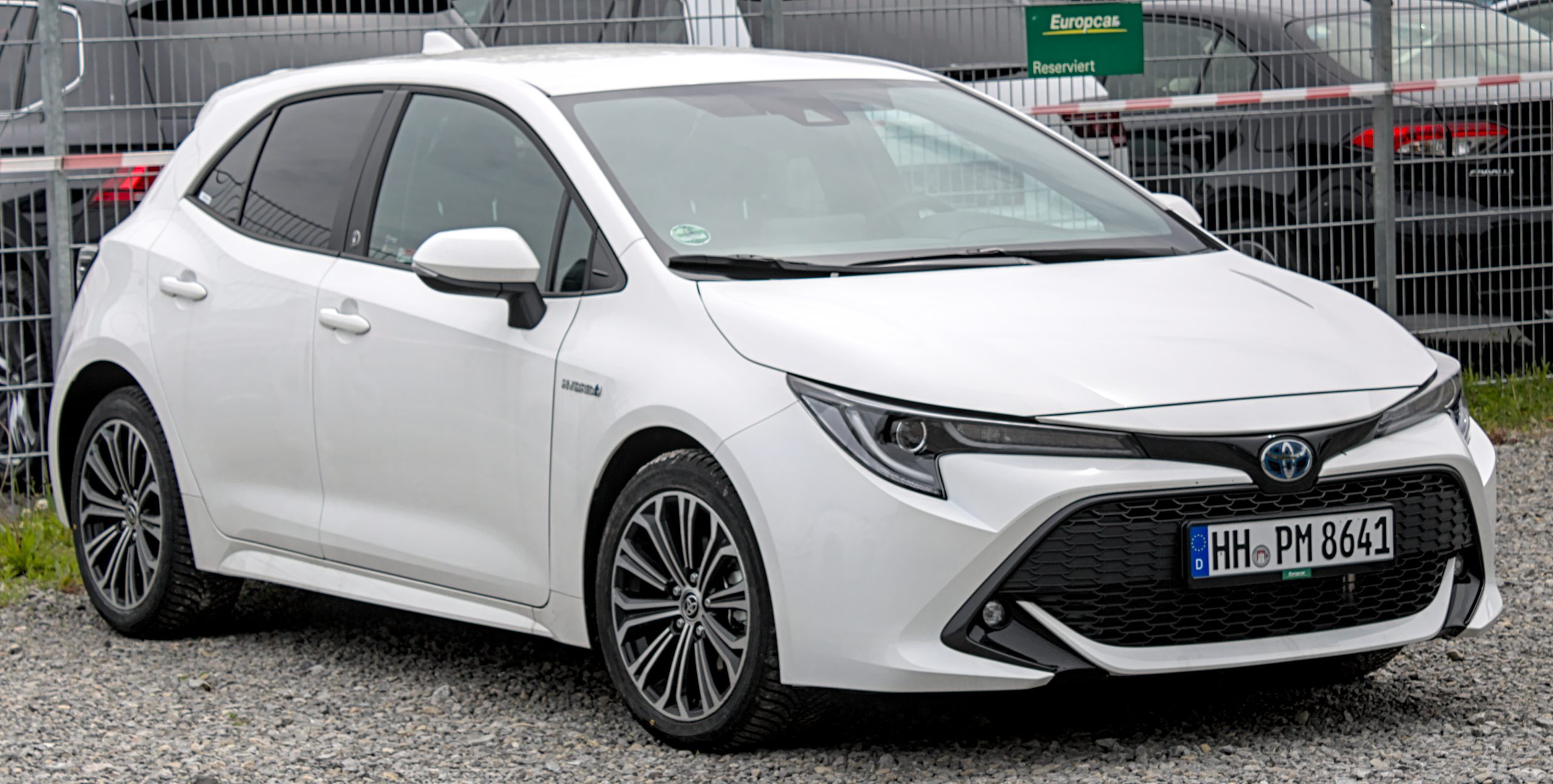
2. Toyota Corolla (2009–2010)
The Toyota Corolla has long held a reputation for being nearly indestructible, but the 2009–2010 models mark a rare dark spot in the car’s storied history. While they may appear clean, cheap, and unassuming on the surface, these Corollas hide a serious oil consumption problem under the hood.
The issue centers around the 1.8-liter 2ZR-FE engine, which suffers from poorly designed piston rings that allow oil to sneak into the combustion chamber.
Over time—and often earlier than expected—this results in the engine burning excessive amounts of oil, sometimes a quart every 1,000 miles or less. For drivers who don’t closely monitor oil levels, this can lead to dangerously low oil pressure, engine overheating, and ultimately, catastrophic engine damage.
To make matters worse, the issue often goes unnoticed until the damage is already done. Many drivers assume that because it’s a Toyota, they don’t need to check the oil regularly—after all, isn’t that the point of buying a Toyota? This false sense of security, combined with the slow and quiet nature of the oil consumption, turns a seemingly solid car into a major liability.
Toyota did acknowledge the problem through a service campaign and extended warranty, but only for a limited number of vehicles, and many owners missed the window for free repairs. Outside of warranty, the only true fix is an engine rebuild or replacement, both of which can run several thousand dollars, far more than the vehicle is typically worth on the used market.
Beyond the engine concerns, the rest of the vehicle isn’t particularly memorable. The interior is plasticky and prone to rattles, the suspension is uninspiring, and while the fuel economy is decent, it’s not enough to offset the risk of severe engine damage.
When you can find better, more dependable Corolla models both before and after this generation, there’s really no compelling reason to choose the 2009–2010 version unless you have documented proof that the engine has already been rebuilt. It’s a disappointing chapter in the Corolla’s legacy, and one that buyers should skip without hesitation.
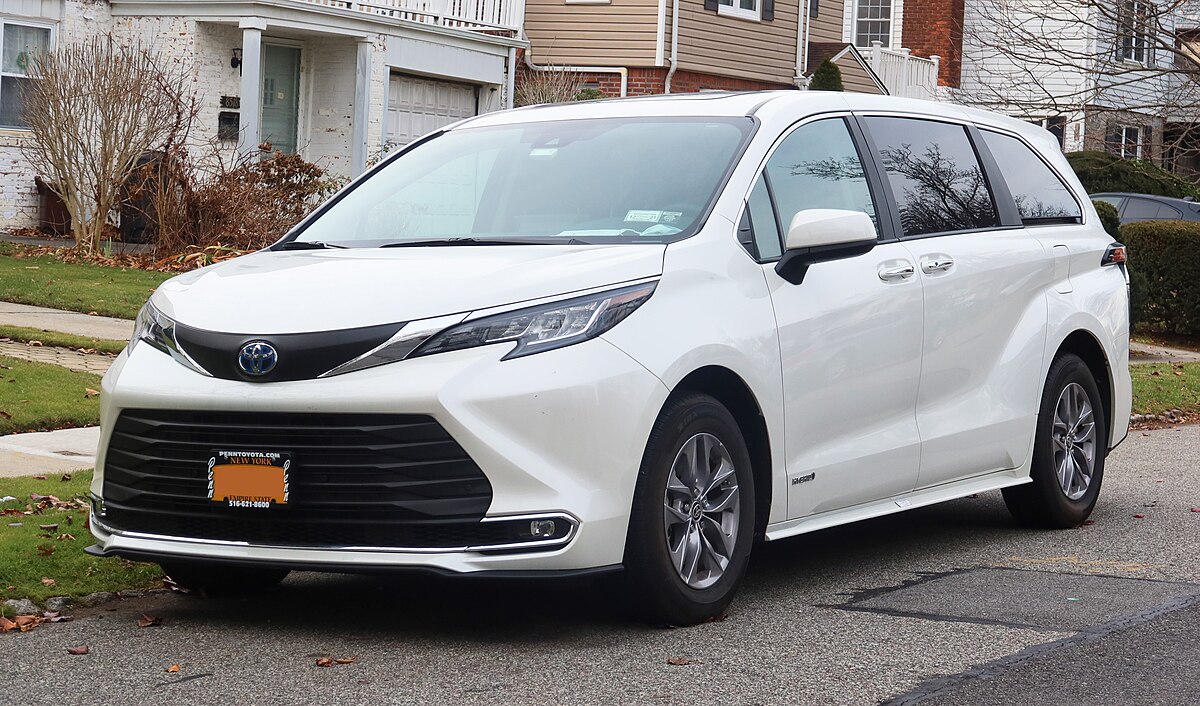
3. Toyota Sienna (2007–2009)
The Toyota Sienna has generally been regarded as one of the most reliable minivans on the road, but the 2007–2009 models tell a different story, especially once they rack up miles.
Mechanically, the 3.5-liter V6 engine is competent, and the transmission isn’t inherently flawed like in some competitors. But these vans are plagued by a series of quality control issues that can lead to a string of expensive repairs—and headaches for the unsuspecting owner.
The most notorious problem involves the power sliding doors, which are prone to failure in multiple ways. Cables snap, motors burn out, and doors jam halfway open or closed, often leaving families stranded or forced to use the manual override for the remainder of the vehicle’s life.
Each repair can cost upwards of $1,000 per door, and it’s not uncommon for the issue to return even after replacement parts are installed.
Rust is another pervasive issue that haunts this generation. The undercarriage and rear wheel wells are particularly vulnerable, especially in colder climates where road salt is commonly used. Once rust takes hold, it spreads quickly and can compromise not only the body panels but also the structural integrity of critical suspension components.
Combine that with aging suspension bushings, premature motor mount failure, and problematic HVAC systems, and what you have is a minivan that becomes increasingly expensive to keep in good shape. Even the dashboard materials haven’t held up well over time, with reports of cracking, bubbling, and fading that make the cabin look and feel older than it is.
While the Sienna does offer plenty of space and comfort, qualities that made it attractive when new, these advantages are quickly offset by its declining reliability in the used market. Parents looking for a reliable people-mover under $10,000 may be lured by the Sienna’s once-sterling reputation, but this specific era is best avoided.
Later models (especially from 2011 onward) improved significantly in both build quality and reliability. Unless you find a unicorn with extremely low miles and extensive maintenance records, the 2007–2009 Sienna is a gamble you’re likely to lose.
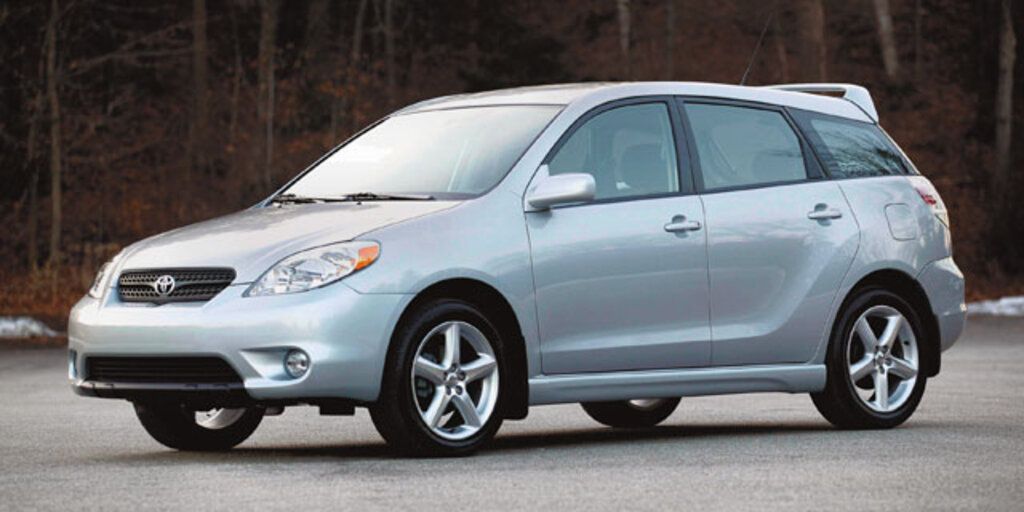
4. Toyota Matrix (2009–2010)
The Toyota Matrix was envisioned as a sporty, compact hatchback with the dependability of a Corolla and the flexibility of a small SUV. For the most part, it succeeded, especially in earlier models.
However, the 2009–2010 Matrix, particularly those equipped with the 1.8-liter engine, carried forward one of Toyota’s most irritating mechanical flaws: excessive oil consumption.
Sharing the same 2ZR-FE engine as the problem-prone Corolla of the same era, the Matrix suffers from the same faulty piston ring design that allows oil to seep into the combustion chamber, effectively turning a reliable compact into a rolling maintenance headache.
As with its sedan sibling, the symptoms usually manifest too late—drivers might not notice anything until the engine begins to idle poorly or exhibit symptoms of oil starvation.
Aside from the oil issue, the Matrix’s suspension setup during these years was less refined than in earlier models, leading to a stiffer and less comfortable ride. Owners frequently report early wear on shocks, bushings, and sway bar links, resulting in clunks and rattles that sap confidence and comfort.
The interior, while functional, didn’t age gracefully. Cheap plastics, squeaky panels, and a general sense of budget minimalism detract from what was once billed as a premium small hatchback. Technology features were sparse, and the infotainment system feels ancient by today’s standards, even by used car expectations.
From a utility standpoint, the Matrix does score points. It has a large cargo area, flat-folding rear seats, and a hatch that makes it ideal for carrying gear, groceries, or even furniture. But these benefits are quickly overshadowed by its core reliability concerns, especially when you consider the long-term implications of oil consumption on engine health.
With better options available from both Toyota (like the later Corolla hatchbacks or RAV4) and competitors, the 2009–2010 Matrix falls into the trap category—a vehicle that looks practical and affordable, but quietly drains your wallet over time.

5. Toyota Avalon (2005–2007)
The Avalon has always served as Toyota’s answer to buyers who want a near-luxury experience without stepping into Lexus territory. The 2005–2007 Avalon certainly delivered on that promise when new—it was large, powerful, quiet, and came loaded with features that weren’t typical for mainstream sedans at the time.
But the years haven’t been kind to this generation. Chief among the problems is the widespread issue of dashboard deterioration. The soft-touch material used during manufacturing tends to melt, crack, or become sticky in hot climates, resulting in a dash that looks like it’s been through a fire.
Not only does this hurt resale value, but it also creates a major annoyance for owners who now have a luxury-looking car with a severely compromised interior.
Beyond cosmetic flaws, this generation also struggled with performance consistency. The 3.5-liter V6, while powerful, is known for oil consumption issues—not as severe as the Corolla or Matrix, but still significant enough to require frequent top-offs and increased monitoring.
Some drivers also report early signs of transmission hesitation or lag, especially under light throttle, which detracts from the otherwise smooth driving experience.
Add to that common issues with oxygen sensors, faulty throttle position sensors, and malfunctioning climate control units, and you start to see a pattern of age-related failures that turn luxury into liability. Even smaller components like door actuators and power seat motors have shown a higher-than-average failure rate compared to other Toyota models.
The Avalon from these years may still ride comfortably and offer a serene driving environment, but it’s no longer the bulletproof executive cruiser it once seemed. The cost of addressing all the little issues, especially on a car that’s now two decades old, can easily outpace the car’s actual value.
Unless you’re inheriting one from a relative with a perfect maintenance record and low mileage, the 2005–2007 Avalon is more likely to nickel-and-dime you than reward you with premium driving satisfaction. It’s a case of elegance overshadowed by erosion—a trap hidden behind leather and silence.
Also Read: 5 Cars With Easily Accessible Spark Plugs And 5 That Take Hours To Change
Toyota’s reputation for reliability wasn’t built overnight—it’s the product of decades of thoughtful engineering, cautious innovation, and a consistent focus on building vehicles that outlast the competition. But as with any large automaker, not every product lives up to that standard.
Buying a used Toyota under 150,000 miles can be one of the best financial decisions you make—or one of the most frustrating, depending on which model and year you choose. That’s why it’s essential to approach the used market with both optimism and skepticism. Just because it says “Toyota” on the grille doesn’t automatically make it a stress-free purchase.
The five gems discussed—models like the Camry, Prius, Highlander, Tacoma, and 4Runner—prove that some Toyotas continue to offer incredible value even after racking up serious mileage. These vehicles have earned their reputations the hard way: through decades of consistent performance, low cost of ownership, and a track record of reliability that few brands can match.
With proper maintenance, these Toyotas can easily serve for another 100,000 miles or more. They represent everything that makes Toyota such a beloved nameplate—practicality, affordability, and a mechanical robustness that’s rare in today’s auto market.
On the other hand, the traps—the RAV4 V6, 2009 Corolla, aging Avalon, problematic Sienna, and oil-burning Matrix—remind us that not all Toyotas are created equal. These models might be tempting because of their initial pricing, spacious interiors, or powerful engines, but they carry hidden mechanical issues that can lead to unexpected and expensive repairs.
In some cases, these problems aren’t minor annoyances; they’re deal-breaking flaws like transmission failures or serious oil consumption that can total the vehicle long before it reaches the mileage many Toyota buyers expect.
What this all boils down to is due diligence. Buying a used vehicle, even a Toyota, requires more than just scanning listings for the lowest price or the newest model. It involves careful research, looking into known model-year problems, reading real-world owner experiences, and paying close attention to service records and inspection results.
It means prioritizing vehicles that have proven track records, predictable maintenance costs, and parts that are easy to replace. And just as importantly, it means walking away from cars that look good on paper but are known to cause long-term headaches.
In the end, Toyota is still one of the best bets in the used car market—but only if you choose the right car from the right year with the right history. The badge on the front may open the door to reliability, but it’s up to you to walk through wisely. Choose carefully, inspect thoroughly, and buy confidently. That’s the key to making sure your next Toyota isn’t just a used car—but a lasting investment.

